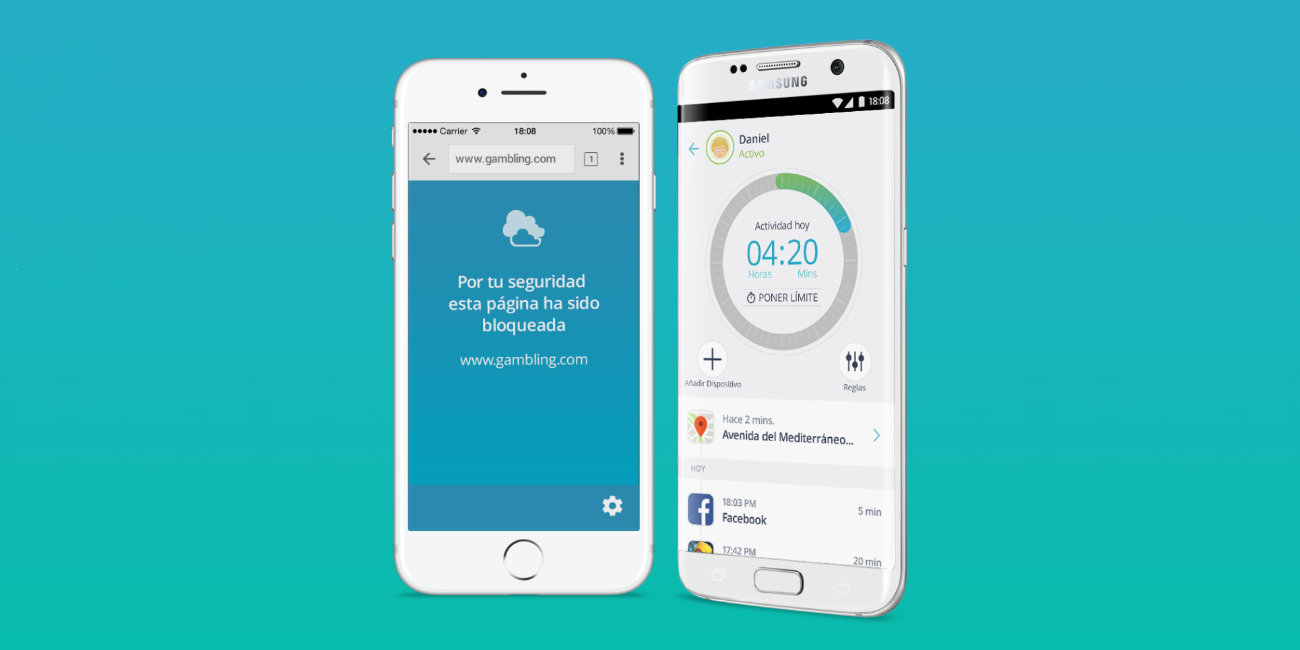

The data that Screen Time collects is saved to your phone and your child’s phone and is not shared with Apple.
Reports and privacy: Parents and caregivers can monitor their child’s screen habits daily through a colorful bar chart that breaks down how much time their child spends on each app category and shows a list of the individual apps that they’re spending the most time using. While you can customize downtime schedules by day of the week, you can set only one downtime schedule per day. Under the Always Allowed tab, you can set certain apps, such as the clock, to be available at all times. All of the phone’s apps-except those set as “Always Allow”-will darken, requiring parental permission for access. Bedtime: In the Downtime section, parents and caregivers can set a schedule for the iPhone to be disabled automatically, such as beginning at bedtime and lifting the next morning. Once the child reaches those limits, the apps are blocked, and the child must request additional time from the parent. For instance, you could cap all apps and categories to two hours a day, as well as curb TikTok to 15 minutes a day and Instagram to 15 minutes (or less) a day. 
Daily allowance: Under App Limits, parents and caregivers can cap how much time-by minute and/or hour increments, up to 24 hours, and by day of the week-their child spends on all of the iPhone’s apps overall, a group of apps, and individual apps (such as Instagram) and websites.

Kids first need their own Apple ID, and you need to turn on Family Sharing on both your phone and your child’s if you want to manage your child’s phone remotely.
Setup: Screen Time is already part of iOS you can enable it in the iPhone’s settings.







 0 kommentar(er)
0 kommentar(er)
